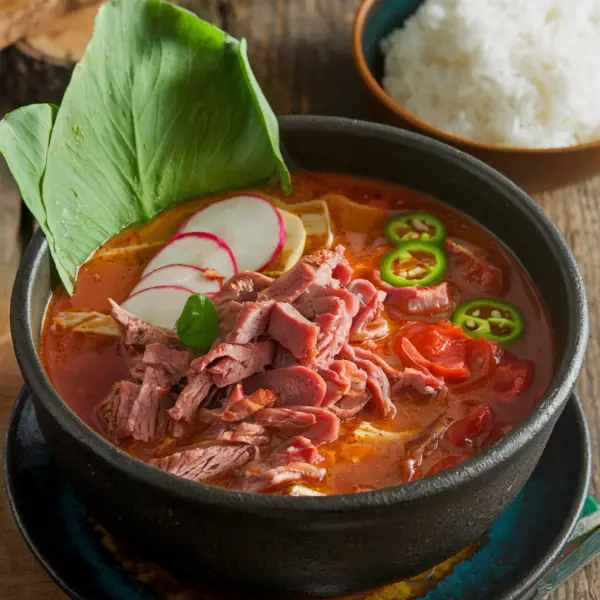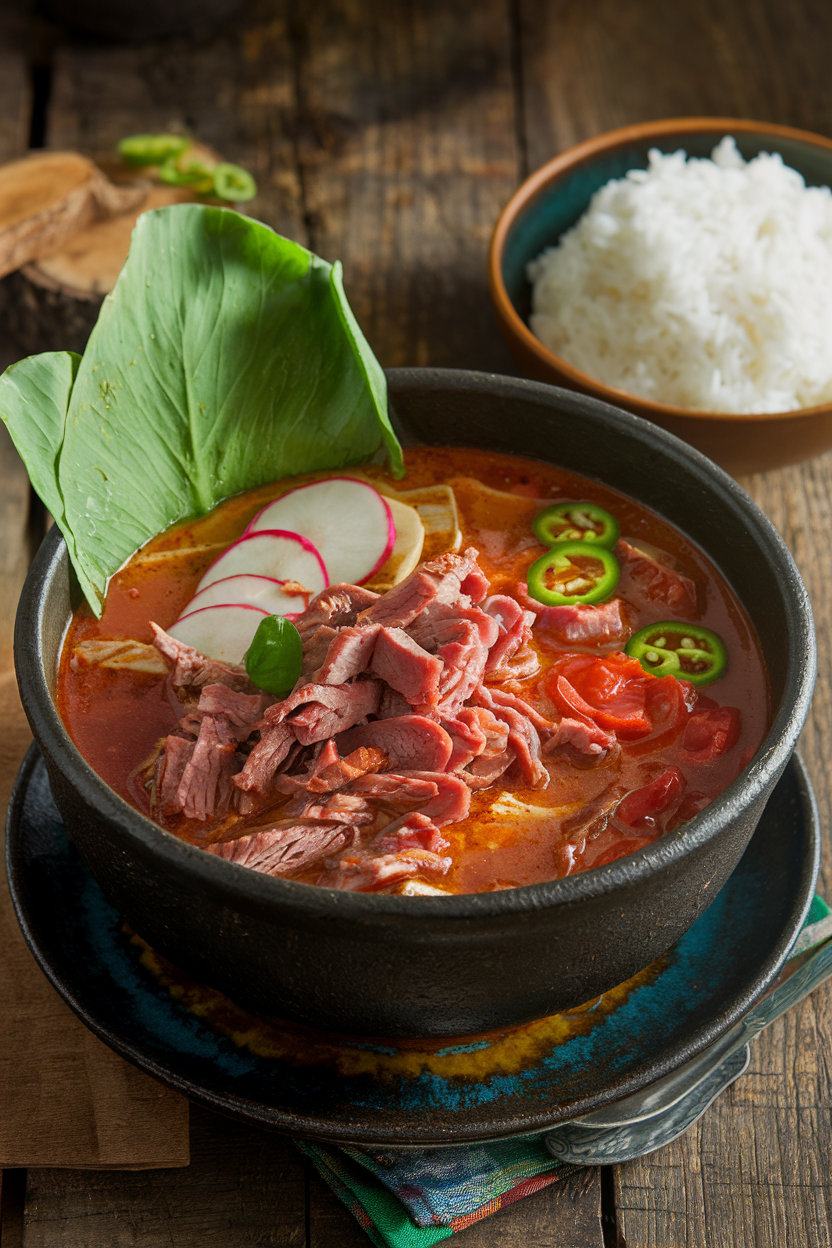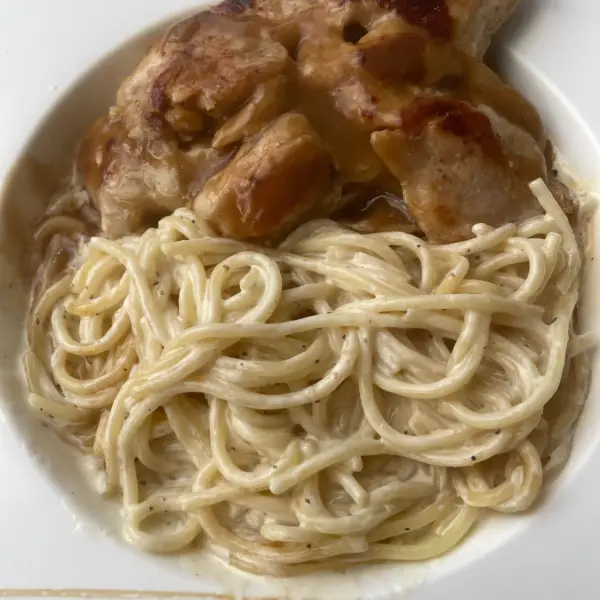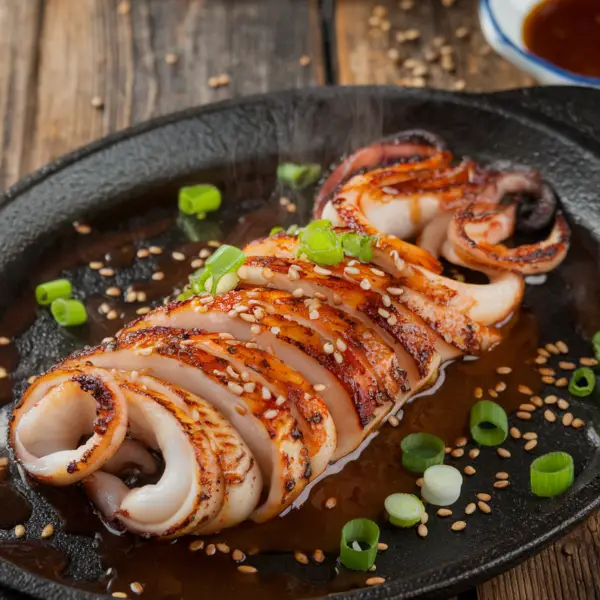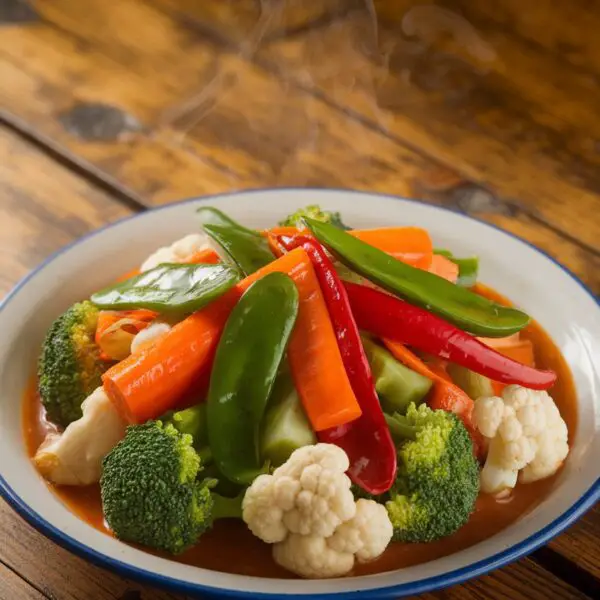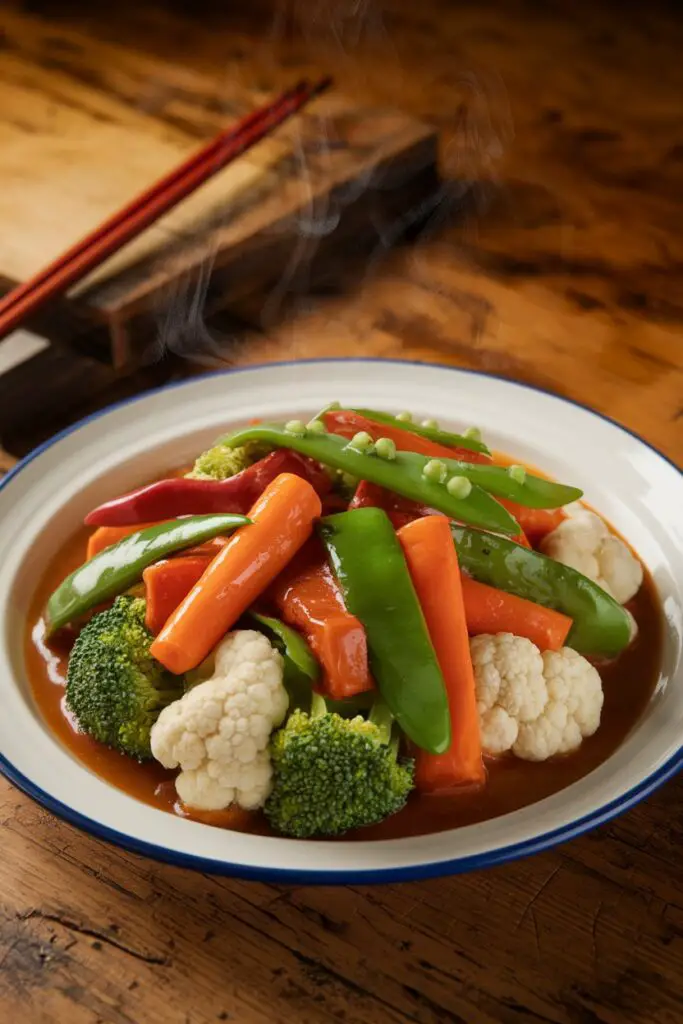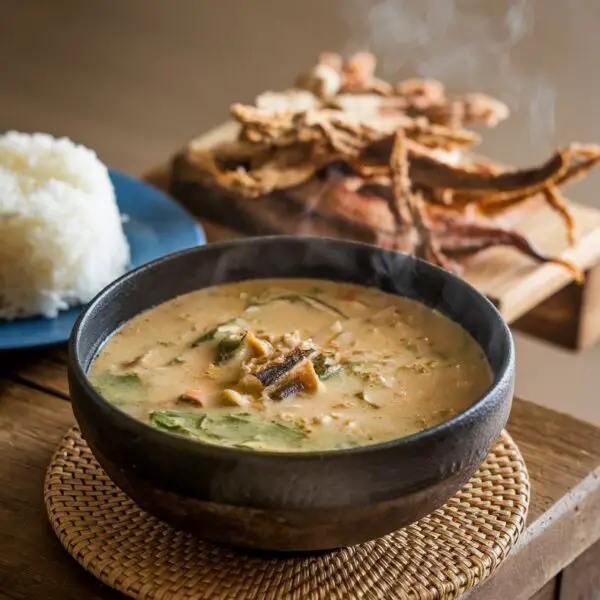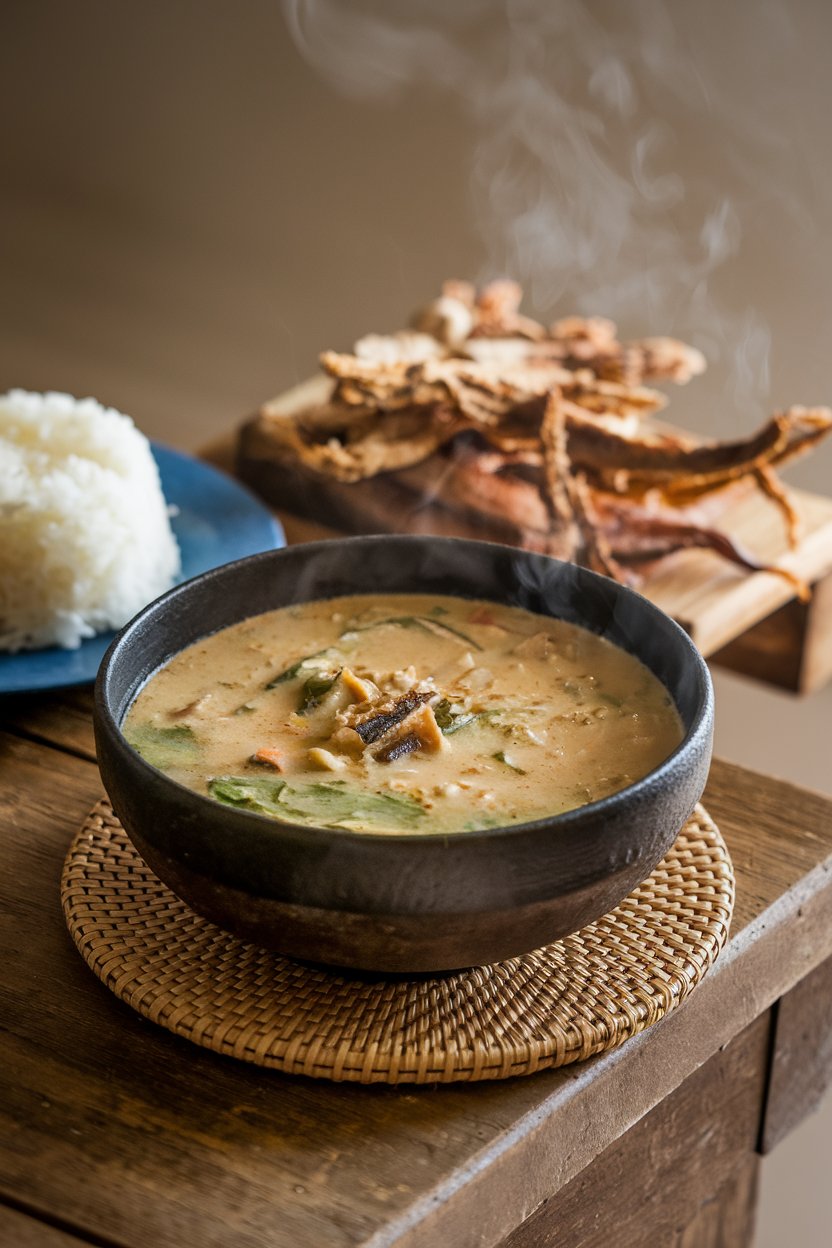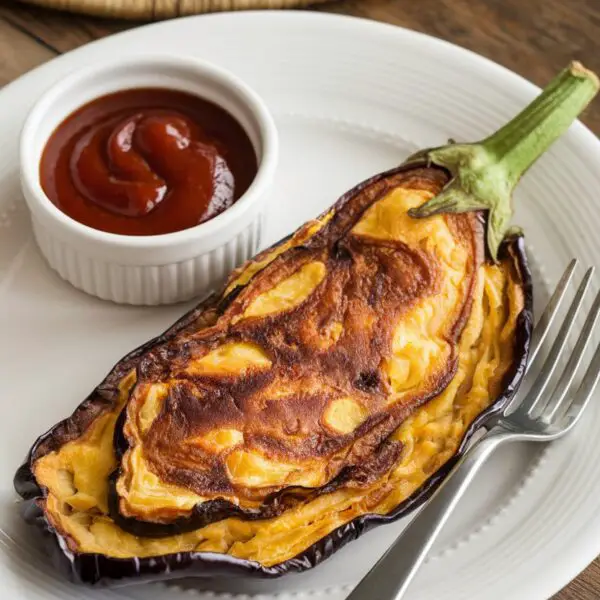Filipino adobo is a beloved dish, showcasing a delightful balance of savory and tangy flavors that are sure to please your taste buds. With countless variations across the Philippines, this guide brings you 21 unique cooking methods to whip up this classic meal at home. From traditional to creative twists, there’s something for everyone to enjoy!
Adobo Flakes Tacos
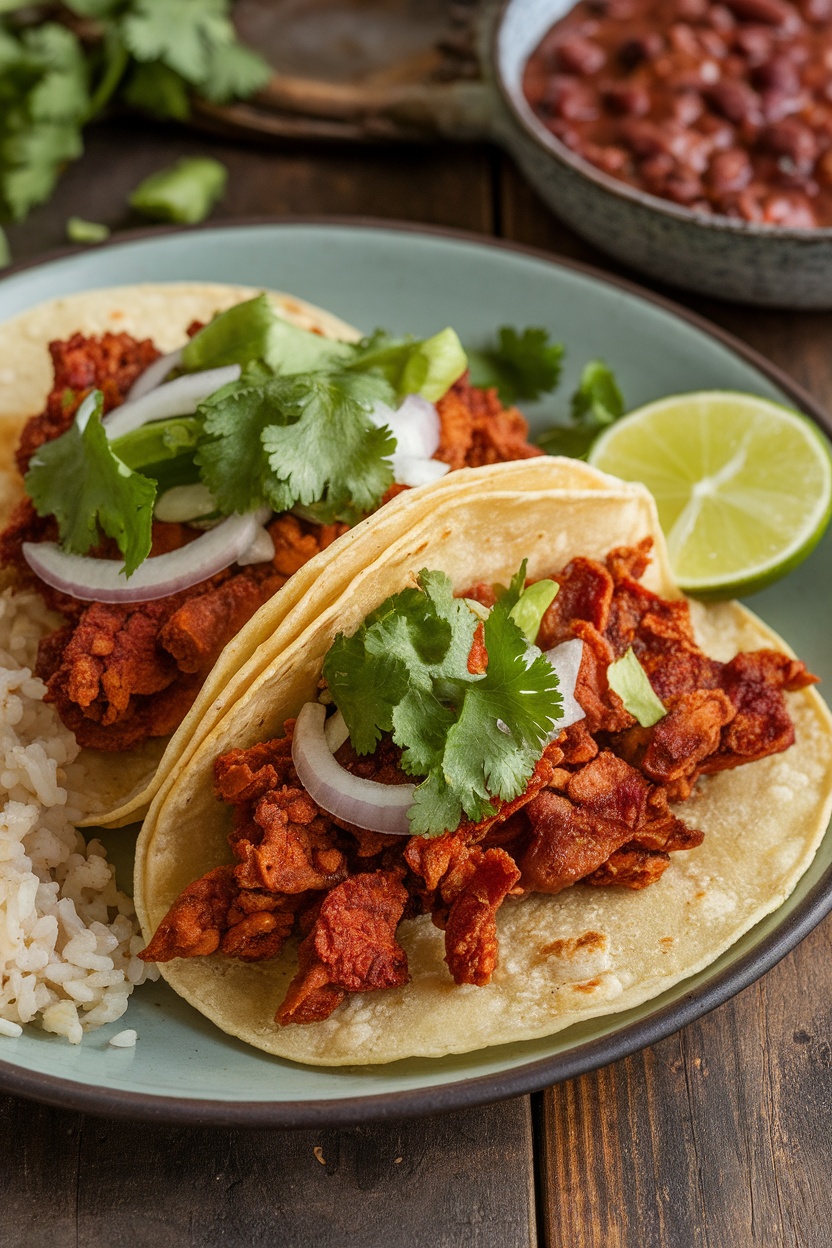
Adobo flakes tacos are a delicious twist on the classic Filipino dish. They feature tender, flavorful adobo, shredded and crisped to perfection, tucked into warm tortillas. The combination of savory and slightly tangy flavors makes every bite a treat!
This recipe is simple to follow, perfect for weeknight meals or casual get-togethers. With just a few ingredients, you can whip up tasty tacos that everyone will love.
Ingredients
- 2 cups adobo-flavored meat (chicken or pork), shredded
- 1 tablespoon oil
- 8 small corn tortillas
- 1/2 cup onions, thinly sliced
- 1/2 cup fresh cilantro, chopped
- 1 lime, cut into wedges
- Optional: hot sauce for a spicy kick
Instructions
- Heat the oil in a pan over medium heat. Add the shredded adobo and cook until crispy, stirring occasionally.
- Warm the tortillas in a separate skillet or microwave until pliable.
- Assemble the tacos by placing a portion of the crispy adobo on each tortilla.
- Add sliced onions and chopped cilantro on top.
- Squeeze fresh lime juice over the tacos and add hot sauce if desired. Serve immediately and enjoy!
Pork Adobo with Coconut Milk
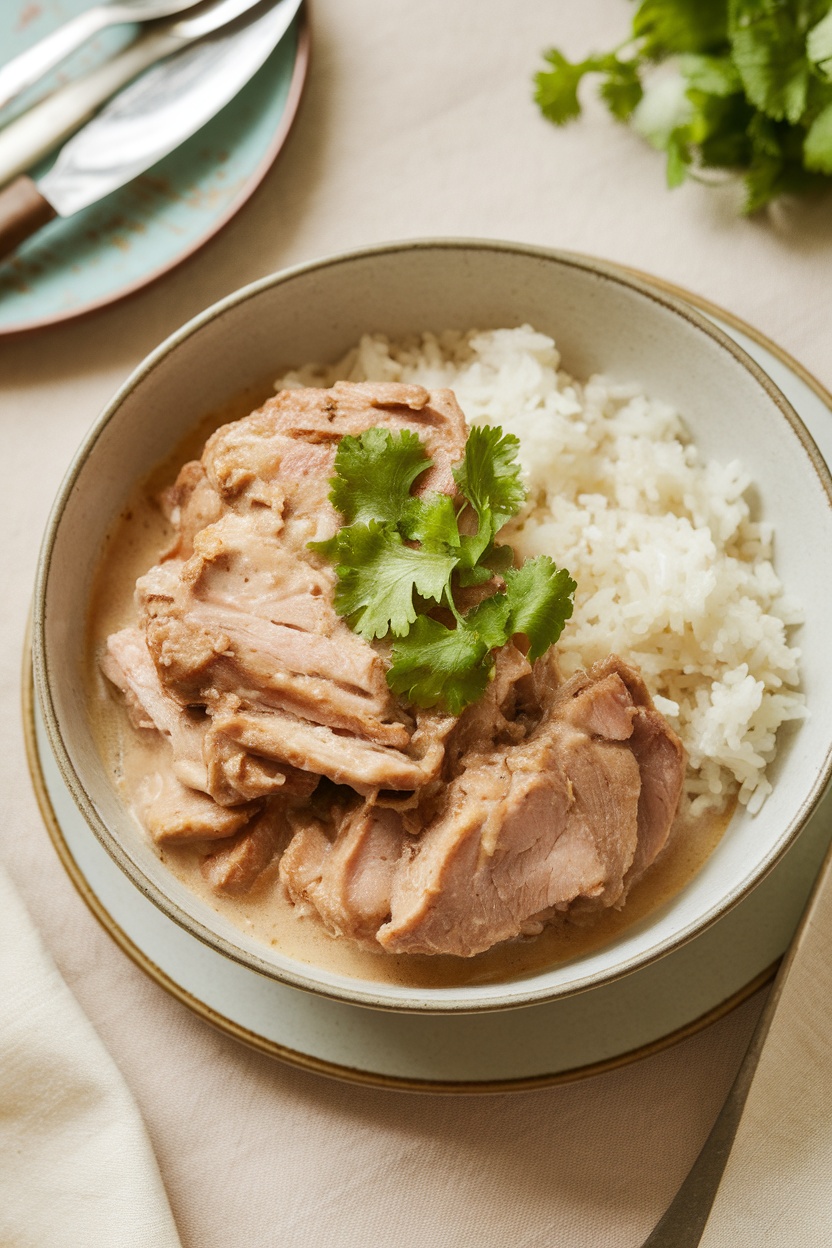
Pork Adobo with Coconut Milk is a delightful twist on the classic Filipino dish. The succulent pork melts in your mouth, while the rich coconut milk adds a creamy texture that complements the traditional adobo flavors beautifully. This recipe is simple to make, perfect for both novice cooks and seasoned chefs.
The combination of savory soy sauce, tangy vinegar, and aromatic spices creates a mouthwatering taste that will have everyone coming back for seconds. Serve it over a bed of fluffy rice, and you’ll have a comforting meal that’s sure to impress.
Ingredients
- 2 lbs pork shoulder, cut into chunks
- 1 cup coconut milk
- 1/2 cup soy sauce
- 1/2 cup vinegar
- 1 onion, chopped
- 6 cloves garlic, minced
- 2 bay leaves
- 1 tablespoon black peppercorns
- Salt and pepper to taste
- 1 tablespoon cooking oil
- Cilantro for garnish
Instructions
- Heat cooking oil in a large pot over medium heat. Add chopped onions and minced garlic, sautéing until fragrant.
- Add the pork chunks and brown on all sides, about 5-7 minutes.
- Pour in the soy sauce and vinegar, and add bay leaves and black peppercorns. Let it simmer for 5 minutes without stirring.
- Stir everything together, then cover and cook on low heat for about 40 minutes, stirring occasionally.
- Pour in the coconut milk and continue to simmer for another 20 minutes or until the pork is tender. Season with salt and pepper to taste.
- Serve hot, garnished with cilantro, over steamed rice.
Adobo Fried Rice
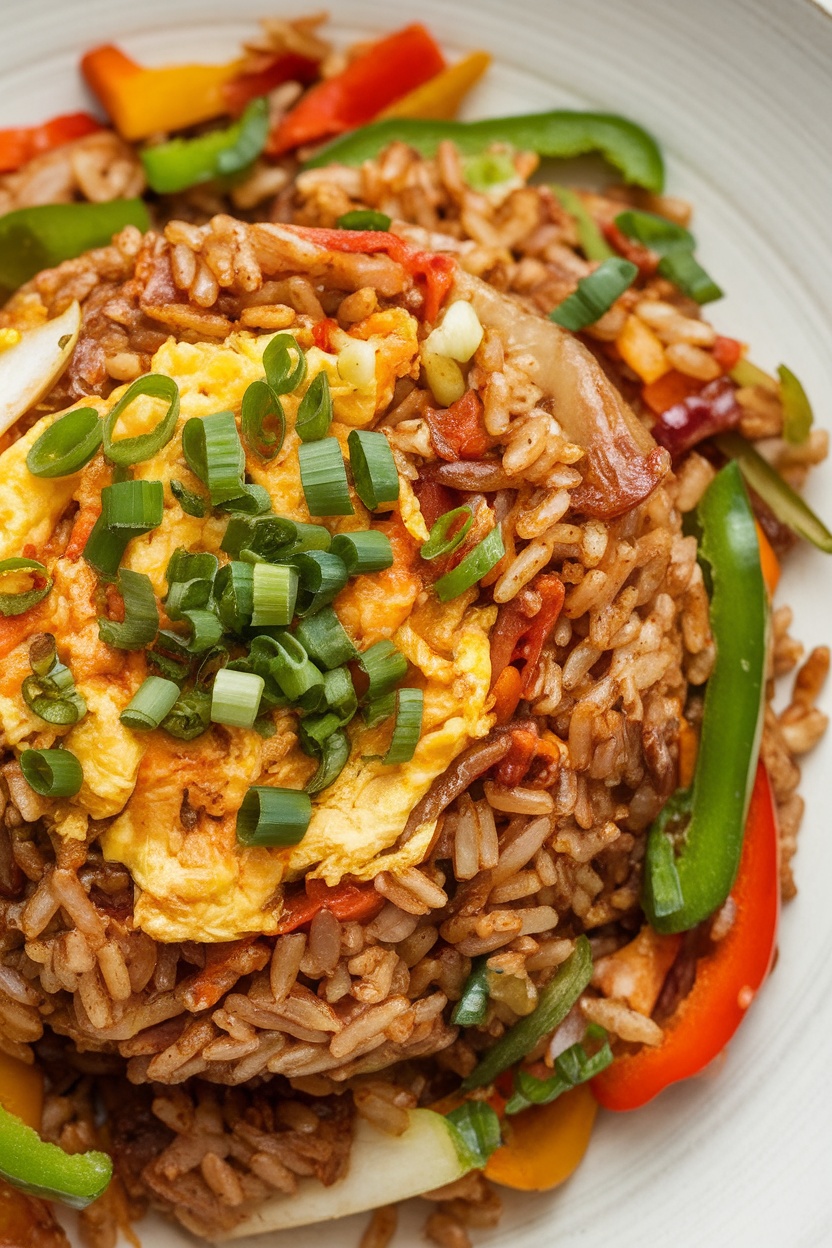
Adobo Fried Rice is a fantastic dish that brings together the savory and tangy flavors of traditional Filipino adobo with the comforting texture of fried rice. It’s a simple yet satisfying recipe that transforms leftover adobo into a whole new meal. The rich taste of marinated meat combined with perfectly cooked rice makes it a hit for any occasion.
This dish is not only easy to whip up, but it also allows for creativity. You can toss in your favorite vegetables or even add an egg on top for extra protein. It’s perfect for a quick lunch or dinner, and you’ll love how it brightens up your plate with a pop of color and flavor.
Ingredients
- 2 cups cooked rice (preferably day-old)
- 1 cup leftover adobo (chicken or pork)
- 1 tablespoon vegetable oil
- 1 small onion, chopped
- 1 bell pepper, diced
- 1 carrot, diced
- 2 green onions, sliced
- 2 cloves garlic, minced
- 1 tablespoon soy sauce
- 1 egg (optional)
Instructions
- Heat the oil in a large skillet over medium heat. Sauté the onion and garlic until fragrant.
- Add the bell pepper and carrot, cooking until softened.
- Stir in the leftover adobo, breaking it apart as needed.
- Add the cooked rice, soy sauce, and mix everything well. Fry until heated through.
- If using, push the rice to the side of the pan and scramble the egg in the empty space until cooked. Mix it into the rice.
- Garnish with green onions before serving. Enjoy!
Traditional Chicken Adobo
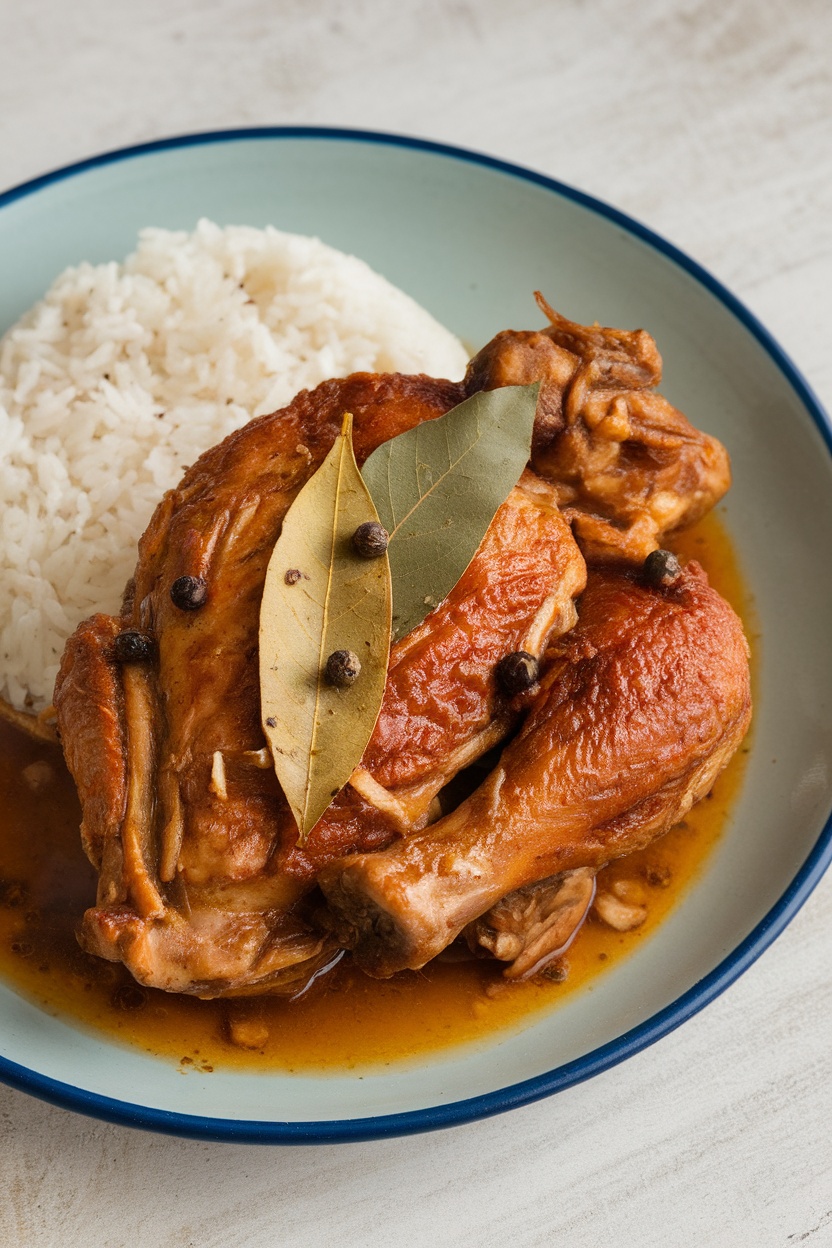
Traditional Chicken Adobo is a beloved Filipino dish known for its savory and tangy flavors. The combination of vinegar, soy sauce, garlic, and spices creates a rich, aromatic sauce that beautifully coats the tender chicken. This dish is not only delicious but also simple to prepare, making it a staple in many Filipino households.
Cooking Chicken Adobo is all about balancing the ingredients. The vinegar adds a nice tang, while the soy sauce brings depth. Simmering the chicken in this mixture allows it to absorb all those wonderful flavors. Serve it over steamed rice to soak up every bit of the sauce, and you’ve got a meal that’s sure to impress.
Ingredients
- 2 pounds chicken, cut into pieces
- 1/2 cup soy sauce
- 1/2 cup vinegar
- 1 head garlic, minced
- 1 onion, sliced
- 2-3 bay leaves
- 1 teaspoon black peppercorns
- 2 tablespoons cooking oil
- 1/2 cup water
- Salt to taste
Instructions
- Marinate the chicken: In a bowl, combine chicken pieces, soy sauce, minced garlic, and bay leaves. Let it marinate for at least 30 minutes.
- Heat the oil: In a large pot, heat the cooking oil over medium heat. Add the sliced onion and sauté until translucent.
- Brown the chicken: Add the marinated chicken to the pot, including the marinade. Cook until the chicken is browned on all sides.
- Add vinegar: Pour in the vinegar and let it simmer without stirring for about 5 minutes to cook off the strong vinegar taste.
- Simmer: Add water and black peppercorns, then cover and simmer for about 30 minutes, or until the chicken is tender. Season with salt to taste.
- Serve: Once cooked, serve the Chicken Adobo hot over steamed rice. Enjoy!
Seafood Adobo with Shrimp
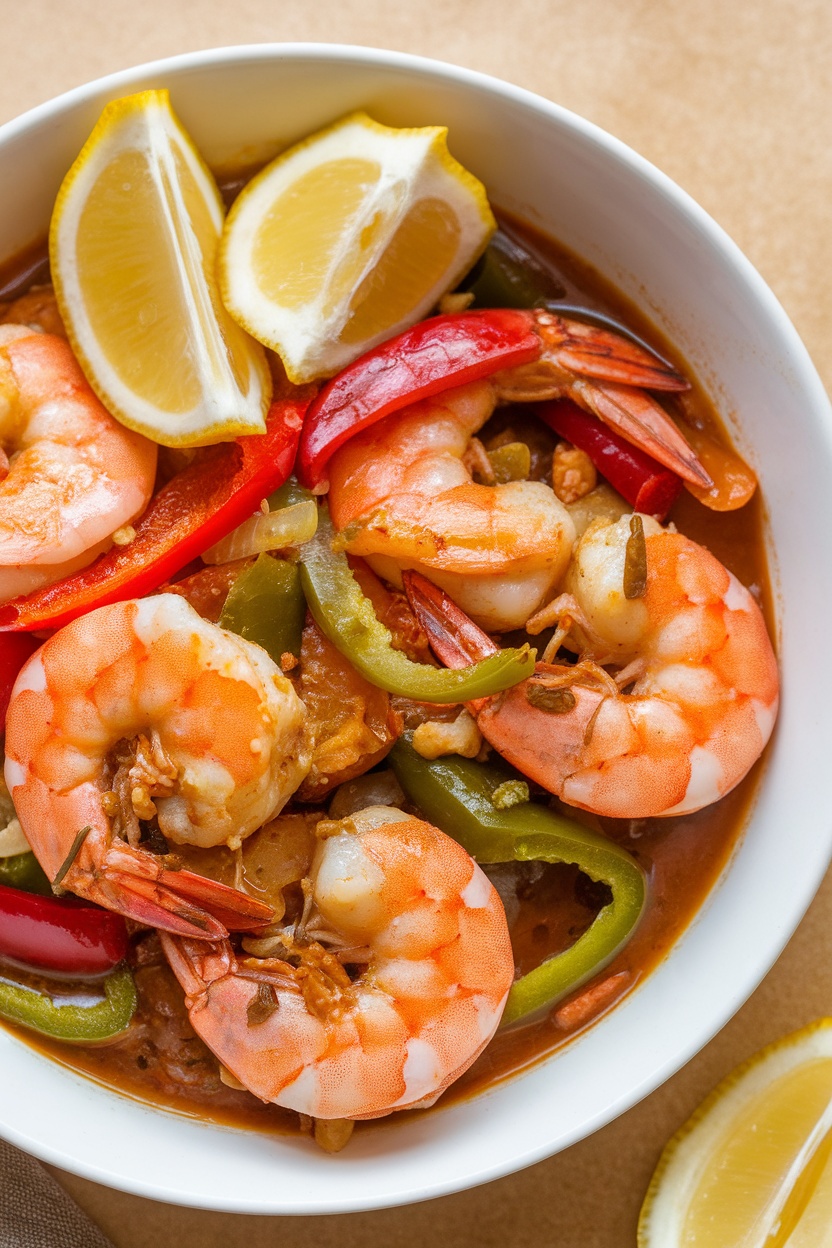
Seafood adobo with shrimp is a delightful twist on the classic Filipino dish. This version combines the savory flavors of shrimp with a tangy, slightly sweet sauce, making each bite a burst of taste. The combination of soy sauce, vinegar, and spices creates a rich, umami-packed sauce that beautifully complements the seafood.
Preparing this dish is straightforward and perfect for both seafood lovers and those looking to try something new. With fresh ingredients and a few simple steps, you can whip up a meal that’s sure to impress family and friends. Plus, it’s a great way to enjoy shrimp in a different light!
Ingredients
- 1 pound large shrimp, peeled and deveined
- 2 tablespoons vegetable oil
- 1 medium onion, sliced
- 3 cloves garlic, minced
- 1 bell pepper, sliced (green or red)
- 1 cup water
- 1/2 cup soy sauce
- 1/4 cup vinegar
- 1 tablespoon brown sugar
- 1 teaspoon black peppercorns
- 2-3 bay leaves
- Salt to taste
- Lemon wedges for serving
Instructions
- Heat the vegetable oil in a large pan over medium heat. Sauté the onions and garlic until fragrant.
- Add the shrimp and cook until they turn pink, about 2-3 minutes.
- Stir in the bell pepper, and cook for another minute.
- Pour in the water, soy sauce, vinegar, and add the brown sugar, peppercorns, and bay leaves. Bring to a boil.
- Reduce heat and let it simmer for about 10-15 minutes. Adjust seasoning with salt if needed.
- Serve warm with lemon wedges on the side.
Adobo Pasta with Garlic
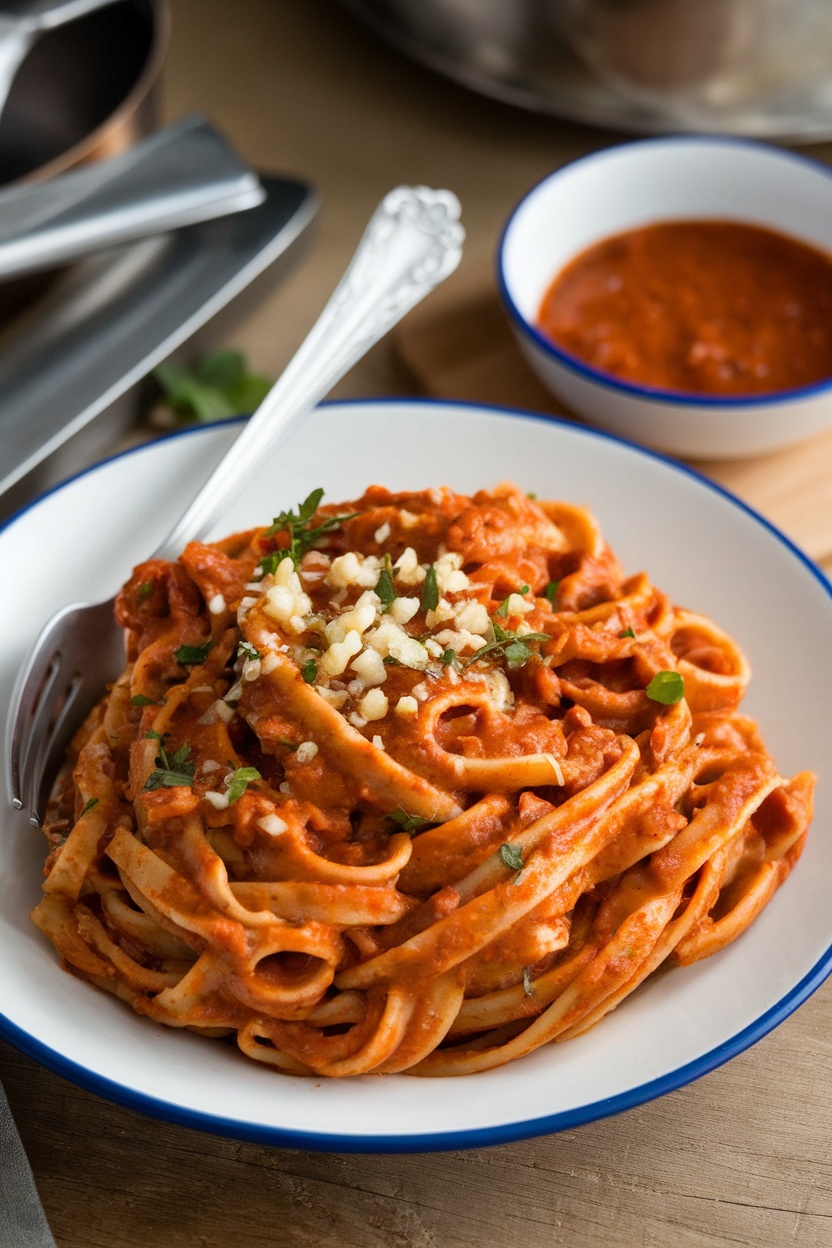
Adobo Pasta with Garlic combines the rich and savory flavors of traditional Filipino adobo with the comforting appeal of pasta. This dish offers a unique twist, blending tender noodles with a sauce that is both tangy and aromatic, thanks to the garlic and soy sauce. It’s super simple to whip up, making it a fantastic option for a quick weeknight dinner or a cozy weekend meal.
The taste is a delightful fusion of umami from the adobo and the garlicky goodness that coats every strand of pasta. You’ll find that this recipe not only satisfies your cravings but also impresses your family and friends with its bold flavors!
Ingredients
- 8 oz fettuccine or your choice of pasta
- 1 cup cooked chicken or pork adobo, shredded
- 2 tablespoons olive oil
- 6 cloves garlic, minced
- 1/2 cup onion, diced
- 1 cup tomato sauce
- 1 tablespoon soy sauce
- Salt and pepper to taste
- Fresh parsley, chopped (for garnish)
- Grated cheese (optional)
Instructions
- Cook the Pasta: In a large pot, bring salted water to a boil. Add the pasta and cook according to package instructions until al dente. Drain and set aside.
- Sauté Garlic and Onion: In a large skillet, heat olive oil over medium heat. Add minced garlic and diced onion. Sauté until the onion is translucent and the garlic is fragrant.
- Add Adobo and Sauce: Stir in the shredded adobo, tomato sauce, and soy sauce. Allow the mixture to simmer for about 5 minutes, letting the flavors meld together. Season with salt and pepper to taste.
- Combine with Pasta: Add the cooked pasta to the skillet, tossing to coat the noodles with the sauce. Cook for an additional 2-3 minutes to heat through.
- Serve: Plate the pasta and garnish with chopped parsley and grated cheese, if desired. Enjoy your delicious Adobo Pasta with Garlic!
Beef Adobo with Pineapple
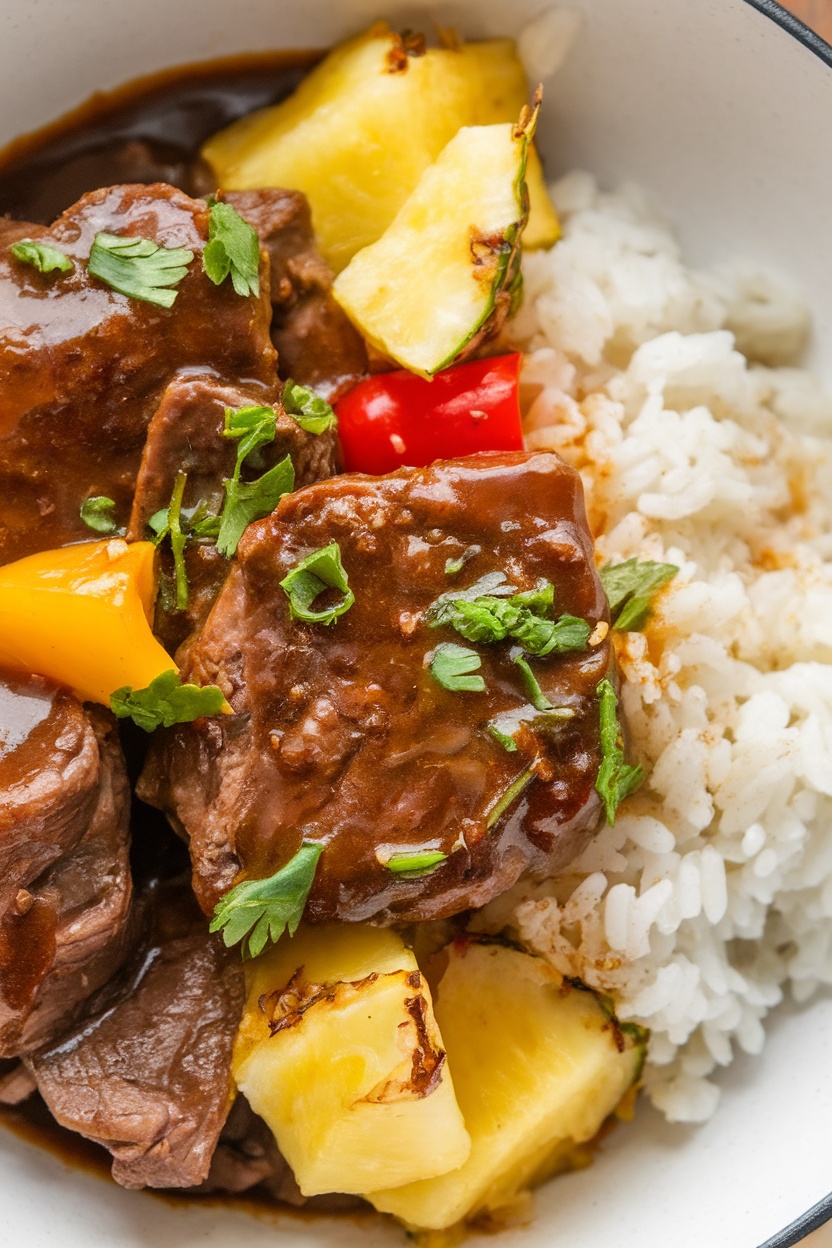
This Beef Adobo with Pineapple is a delightful twist on the traditional Filipino dish, blending savory, tangy, and sweet flavors. The beef becomes tender and infused with a rich soy sauce base, while the pineapple adds a refreshing sweetness that balances the dish perfectly. It’s an easy recipe that’s sure to impress, making it a great choice for family dinners or special occasions.
The combination of the juicy beef and caramelized pineapple creates a mouthwatering flavor that pairs wonderfully with steamed rice. Whether you’re a seasoned cook or trying your hand at Filipino cuisine for the first time, this recipe is simple yet satisfying.
Ingredients
- 2 pounds beef chuck, cut into cubes
- 1 cup soy sauce
- 1/2 cup vinegar
- 1 cup pineapple chunks (fresh or canned)
- 1 onion, sliced
- 4 cloves garlic, minced
- 2 bay leaves
- 1 teaspoon black pepper
- 1 tablespoon sugar
- 1 tablespoon cooking oil
- 1 cup water
- Chopped cilantro for garnish
Instructions
- Marinate the Beef: In a bowl, combine the beef, soy sauce, vinegar, minced garlic, and bay leaves. Let it marinate for at least 30 minutes, or up to overnight in the fridge for more flavor.
- Cook the Beef: In a large pot, heat cooking oil over medium heat. Add the sliced onions and sauté until translucent. Add the marinated beef (reserve the marinade) and cook until browned on all sides.
- Add Liquids: Pour in the reserved marinade, pineapple chunks, sugar, black pepper, and water. Stir well and bring to a boil.
- Simmer: Reduce heat to low, cover, and let it simmer for about 1.5 hours, or until the beef is tender. You can add more water if necessary to prevent burning.
- Finish: Once the beef is tender, taste and adjust seasoning if needed. Serve hot over steamed rice and garnish with chopped cilantro.
Vegetarian Adobo with Tofu
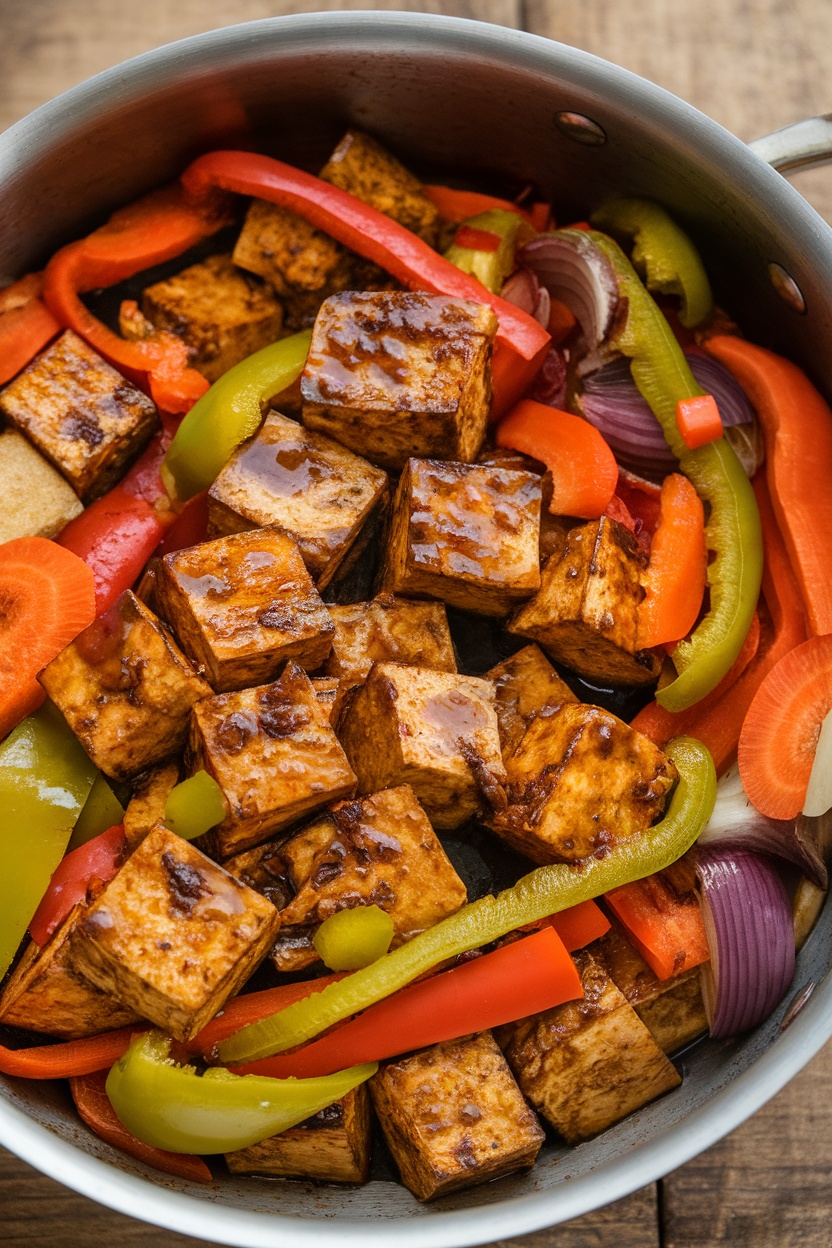
Vegetarian Adobo with Tofu is a delightful twist on the classic Filipino dish. This version combines the savory flavors of soy sauce, vinegar, and garlic with tender pieces of tofu and vibrant vegetables, creating a dish that is both hearty and satisfying. It’s a wonderful option for those looking to enjoy a meat-free meal while still indulging in the rich taste that adobo is known for.
This recipe is simple to make, making it perfect for weeknight dinners or meal prep. The tofu absorbs the flavors beautifully, and the colorful veggies add a nice crunch. Serve it over rice for a complete meal that everyone will love.
Ingredients
- 1 block firm tofu, drained and pressed
- 2 tablespoons soy sauce
- 1/4 cup vinegar (cane or rice vinegar works well)
- 4 cloves garlic, minced
- 1 onion, sliced
- 1 red bell pepper, sliced
- 1 green bell pepper, sliced
- 1 carrot, julienned
- 1 tablespoon vegetable oil
- 1 teaspoon black pepper
- 1 bay leaf
- 1 cup water
- Cooked rice, for serving
Instructions
- Prepare the Tofu: Cut the pressed tofu into cubes. In a bowl, marinate the tofu with soy sauce, garlic, and black pepper for about 15 minutes.
- Sauté the Vegetables: In a large pan, heat the vegetable oil over medium heat. Add the onion and sauté until translucent. Add the marinated tofu and cook until golden brown on all sides.
- Add Other Ingredients: Once the tofu is cooked, add the sliced bell peppers, carrot, vinegar, bay leaf, and water. Stir everything together and bring to a boil.
- Simmer: Lower the heat and let it simmer for about 15-20 minutes, allowing the flavors to meld and the sauce to slightly thicken.
- Serve: Remove the bay leaf before serving. Serve the vegetarian adobo hot over a bed of rice.
Adobo Potatoes

Adobo potatoes are a delightful twist on the classic Filipino adobo, merging the rich, tangy flavors of the sauce with tender, creamy potatoes. This dish is simple to prepare and makes for a comforting side that pairs beautifully with rice or can be enjoyed on its own. The warmth of soy sauce and vinegar blend perfectly with the natural sweetness of the potatoes, creating a flavor that is both savory and satisfying.
Cooking adobo potatoes is a breeze, making it a great option for weeknight dinners or special occasions. The ingredients are straightforward, and you can have this dish ready in no time, filling your home with mouthwatering aromas that invite everyone to the table.
Ingredients
- 1.5 pounds small potatoes, halved
- 1 cup soy sauce
- 1/2 cup vinegar (white or cane)
- 1 onion, sliced
- 5 cloves garlic, minced
- 2 bay leaves
- 1 tablespoon brown sugar
- 1/2 teaspoon black pepper
- 1 tablespoon cooking oil
- Fresh parsley, chopped (for garnish)
Instructions
- Prepare the Potatoes: In a pot of boiling salted water, cook the halved potatoes until just tender, about 10-12 minutes. Drain and set aside.
- Make the Sauce: In a large pan, heat the cooking oil over medium heat. Sauté the onions and garlic until fragrant and translucent.
- Add the Ingredients: Stir in the soy sauce, vinegar, bay leaves, brown sugar, and black pepper. Bring the mixture to a gentle simmer.
- Combine: Add the boiled potatoes to the pan and stir to coat them well in the sauce. Let it simmer on low heat for about 15-20 minutes, allowing the potatoes to absorb the flavors.
- Serve: Garnish with chopped parsley before serving. Enjoy your adobo potatoes warm, either as a side dish or a main attraction!
Crispy Adobo Wings
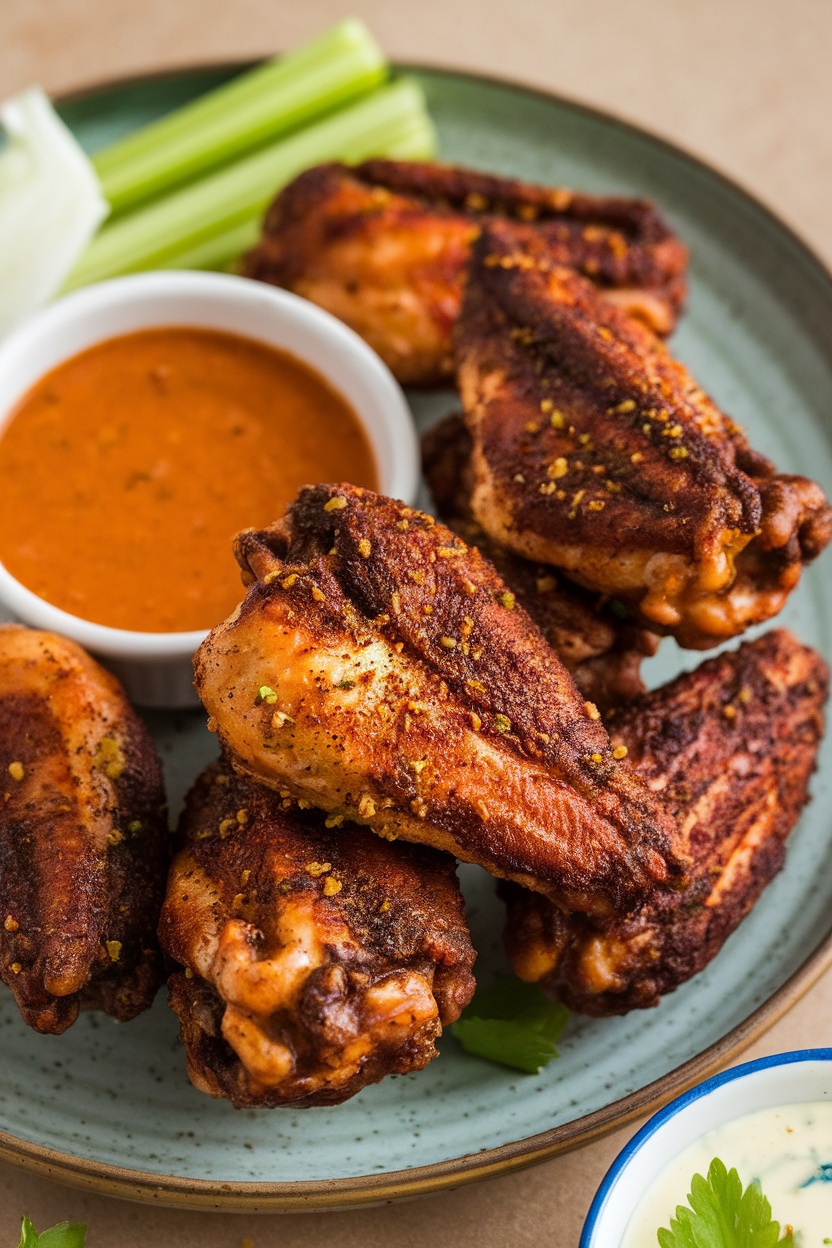
Crispy Adobo Wings combine the rich, savory flavors of traditional Filipino adobo with the satisfying crunch of perfectly fried chicken wings. The marinade, which includes soy sauce, vinegar, and a blend of spices, infuses the wings with a delightful taste that keeps you coming back for more. This recipe is not only simple to make but also a crowd-pleaser at any gathering.
These wings are marinated to perfection, then fried until golden brown, offering a crispy exterior that contrasts beautifully with the tender meat inside. Pair them with your favorite dipping sauce for an irresistible snack or appetizer!
Ingredients
- 2 lbs chicken wings
- 1/2 cup soy sauce
- 1/4 cup vinegar (white or cane vinegar)
- 5 cloves garlic, minced
- 1 teaspoon black pepper
- 1 teaspoon paprika
- 1 tablespoon brown sugar
- 1/2 teaspoon salt
- Oil for frying
Instructions
- Marinate the Wings: In a large bowl, combine soy sauce, vinegar, minced garlic, black pepper, paprika, brown sugar, and salt. Add the chicken wings and ensure they are well coated. Cover and marinate in the refrigerator for at least 1 hour, or overnight for deeper flavor.
- Prepare for Frying: Heat oil in a deep pan over medium heat. Make sure there’s enough oil to fully submerge the wings.
- Fry the Wings: Remove the wings from the marinade and let any excess liquid drip off. Carefully place the wings in the hot oil, frying in batches to avoid overcrowding. Cook for about 8-10 minutes or until golden brown and crispy, flipping halfway through.
- Drain and Serve: Once cooked, remove the wings from the oil and place them on a paper towel-lined plate to drain excess oil. Serve hot with your favorite dipping sauce, like garlic mayo or spicy vinegar.
Adobo Quinoa Salad
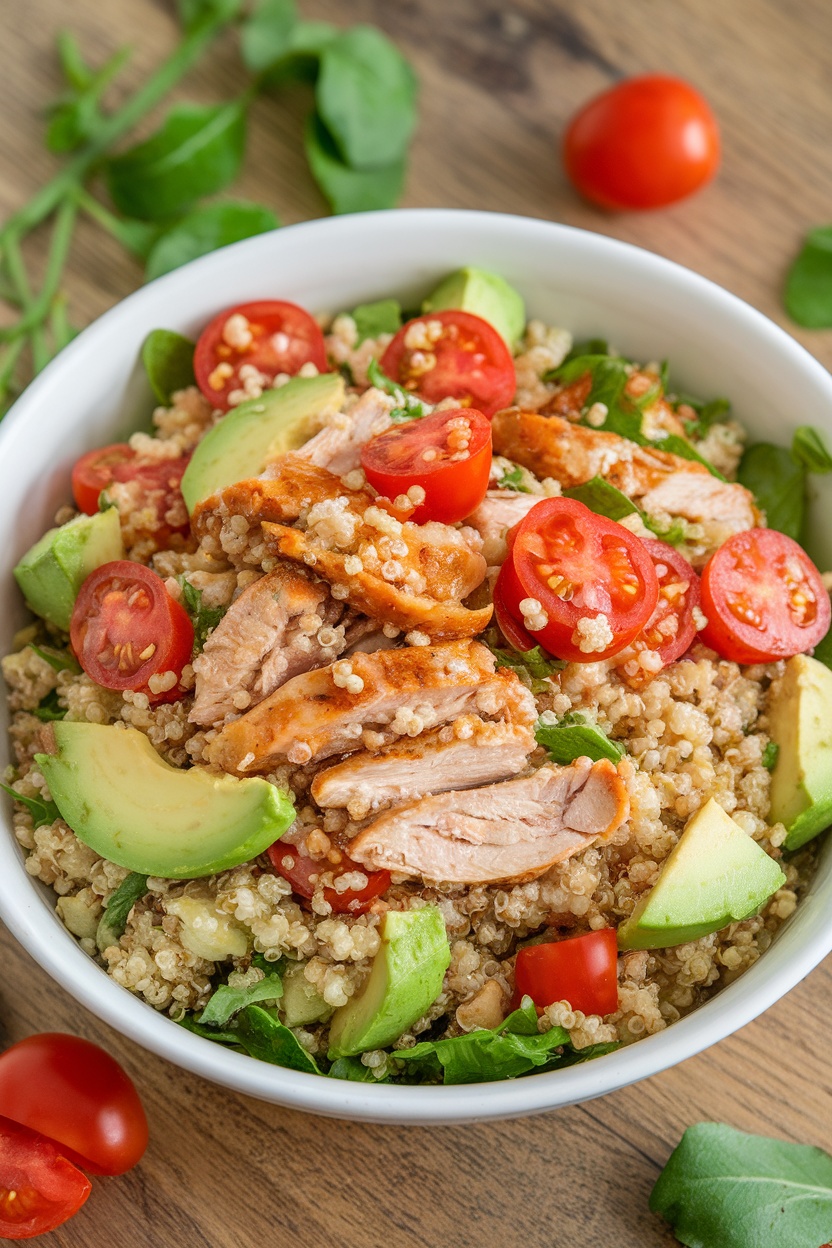
Adobo Quinoa Salad is a refreshing twist on the classic Filipino dish. This salad combines the savory flavors of adobo with the nutty texture of quinoa, making it a satisfying and nutritious meal. It’s perfect for lunch or as a side dish at dinner.
The salad is easy to prepare and packed with vibrant ingredients like cherry tomatoes and creamy avocado. The blend of spices from the adobo enhances the quinoa, giving every bite a burst of flavor. Whether you’re looking for a hearty meal or a light treat, this salad hits the spot.
Ingredients
- 1 cup quinoa
- 2 cups water
- 1 lb chicken thighs, cooked and shredded
- 1/2 cup cherry tomatoes, halved
- 1 avocado, diced
- 1 cup fresh spinach, chopped
- 2 tablespoons soy sauce
- 1 tablespoon vinegar
- 1 tablespoon olive oil
- 1 teaspoon garlic powder
- Salt and pepper to taste
Instructions
- Rinse the quinoa under cold water. In a saucepan, bring water to a boil and add the quinoa. Reduce heat, cover, and simmer for 15 minutes or until water is absorbed. Fluff with a fork and let cool.
- In a large bowl, combine the shredded chicken with soy sauce, vinegar, garlic powder, salt, and pepper. Toss until chicken is evenly coated.
- Once the quinoa has cooled, add it to the bowl with the chicken mixture. Stir in cherry tomatoes, avocado, and spinach.
- Drizzle with olive oil, toss gently, and adjust seasoning if needed. Serve chilled or at room temperature.
Adobo Soup with Vegetables
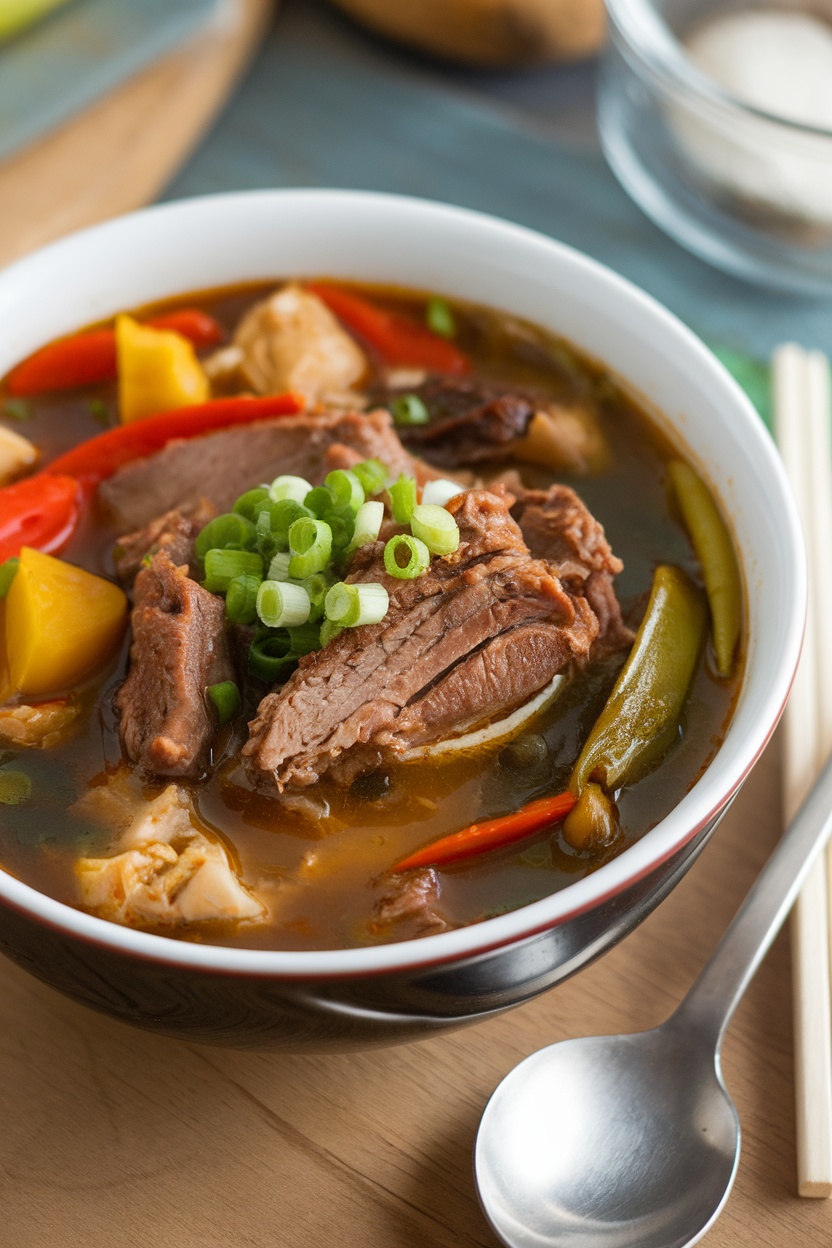
Adobo soup with vegetables is a comforting dish that combines the rich, savory flavors of traditional Filipino adobo with a light and nourishing broth. It’s a delightful twist on the classic adobo, perfect for warming you up on a chilly day. The tender meat, combined with fresh vegetables, creates a wholesome meal that is both satisfying and easy to prepare.
This recipe is simple enough for anyone to tackle, making it an excellent option for a weeknight dinner. The blend of soy sauce, vinegar, and spices gives the soup a delicious tang, while the veggies add color and nutrients. Once you try this version of adobo, you might find yourself craving it regularly!
Ingredients
- 1 lb chicken thighs, bone-in
- 4 cups chicken broth
- 1 medium onion, chopped
- 4 cloves garlic, minced
- 1 cup potatoes, diced
- 1 cup bell peppers, sliced
- 1 cup green beans, trimmed
- 1/4 cup soy sauce
- 1/4 cup vinegar
- 2 tablespoons cooking oil
- 1 teaspoon black pepper
- 2 green onions, chopped (for garnish)
Instructions
- In a large pot, heat the cooking oil over medium heat. Sauté the onion and garlic until fragrant.
- Add the chicken thighs and cook until browned on all sides.
- Pour in the soy sauce, vinegar, and black pepper. Allow it to simmer for about 5 minutes.
- Add the chicken broth and potatoes. Bring to a boil, then reduce heat to low and cover. Cook for 20 minutes.
- Add the bell peppers and green beans. Continue to simmer for another 10 minutes, or until the vegetables are tender.
- Serve hot, garnished with chopped green onions.
Adobo Pizza with Fresh Basil

Adobo pizza combines two beloved cuisines into a delicious and satisfying dish. The savory flavors of Filipino adobo, typically made with marinated meat, meld beautifully with the cheese and tomato base of a classic pizza. This recipe is not only full of flavor but also simple enough to make for a weeknight dinner or a fun gathering with friends.
The smoky, tangy taste of the adobo sauce pairs perfectly with the gooey cheese and a hint of freshness from the basil. You’ll love how the familiar flavors of adobo give a unique twist to pizza, making it a hit for everyone at the table.
Ingredients
- 1 pre-made pizza crust
- 1 cup cooked adobo chicken, shredded
- 1 cup pizza sauce
- 1 1/2 cups mozzarella cheese, shredded
- 1/4 cup fresh basil leaves
- 1 tablespoon olive oil
- Salt and pepper to taste
Instructions
- Preheat your oven to 475°F (245°C).
- Roll out the pizza crust on a floured surface and transfer to a baking sheet or pizza stone.
- Spread the pizza sauce evenly over the crust.
- Top with shredded mozzarella cheese, leaving some edges for the crust.
- Add the shredded adobo chicken on top of the cheese.
- Drizzle olive oil over the pizza and season with salt and pepper.
- Bake in the preheated oven for about 12-15 minutes, or until the cheese is bubbly and the crust is golden brown.
- Remove from the oven and sprinkle fresh basil leaves on top before slicing and serving.
Adobo Stuffed Bell Peppers

Adobo stuffed bell peppers bring a delightful twist to the classic Filipino dish. This recipe combines the rich, savory flavors of adobo with the freshness of bell peppers, creating a colorful and satisfying meal. It’s an easy dish to prepare, making it perfect for a weeknight dinner or a special occasion.
The peppers are filled with a mixture of marinated meat, rice, and spices, then topped with cheese for that extra layer of goodness. Each bite offers a burst of flavor and texture that highlights the essence of adobo while being both fun and visually appealing.
Ingredients
- 4 large bell peppers (any color)
- 1 lb chicken or pork, cubed
- 1 cup cooked rice
- 1/4 cup soy sauce
- 1/4 cup vinegar
- 4 cloves garlic, minced
- 1 onion, chopped
- 1 teaspoon black pepper
- 1 teaspoon bay leaves, crushed
- 1 cup shredded cheese (cheddar or mozzarella)
- 2 tablespoons olive oil
- Salt to taste
Instructions
- Preheat the oven to 375°F (190°C).
- In a bowl, combine the meat with soy sauce, vinegar, garlic, onion, pepper, and bay leaves. Marinate for at least 30 minutes.
- In a skillet, heat olive oil over medium heat. Sauté the marinated meat until cooked through, about 10-15 minutes. Add cooked rice and mix well.
- Cut the tops off the bell peppers and remove the seeds. Stuff each pepper with the adobo rice mixture.
- Place the stuffed peppers in a baking dish. Sprinkle cheese on top of each pepper.
- Bake for 25-30 minutes until the peppers are tender and the cheese is melted and bubbly.
- Let cool slightly before serving. Enjoy your adobo stuffed bell peppers!
Adobo Casserole with Cheese

This Adobo Casserole with Cheese combines the classic flavors of Filipino adobo with the comforting layers of a casserole. The tangy and savory taste of the adobo pairs perfectly with melted cheese, making it a delightful dish that appeals to both traditionalists and those looking for something new. Plus, it’s pretty straightforward to make, making it ideal for a family dinner or a potluck.
The casserole is loaded with tender chicken, rich sauce, and gooey cheese, creating a harmonious blend of flavors that everyone will love. It’s a simple one-pan meal that you can prepare ahead of time and bake when you’re ready to serve, which is a real bonus for busy weeknights!
Ingredients
- 2 lbs chicken thighs, cut into pieces
- 1/2 cup soy sauce
- 1/2 cup vinegar
- 1 head of garlic, minced
- 1 onion, chopped
- 2 bay leaves
- 1 teaspoon black pepper
- 1 cup chicken broth
- 3 cups cooked pasta (penne or macaroni)
- 2 cups shredded cheese (cheddar and mozzarella mix)
- 1/4 cup chopped green onions for garnish
Instructions
- Marinate the Chicken: In a large bowl, combine chicken, soy sauce, vinegar, minced garlic, onion, bay leaves, and black pepper. Let it marinate for at least 30 minutes.
- Cook the Chicken: In a large skillet, cook the marinated chicken over medium heat until browned. Add chicken broth and simmer for about 30 minutes until the chicken is tender.
- Prepare the Casserole: Preheat your oven to 350°F (175°C). In a baking dish, mix the cooked pasta with the chicken and sauce until well combined.
- Add Cheese: Top the pasta mixture with shredded cheese, ensuring it’s evenly spread.
- Bake: Place the casserole in the preheated oven and bake for 20-25 minutes, or until the cheese is melted and bubbly.
- Garnish: Remove from the oven and sprinkle with chopped green onions before serving.
Adobo Burger with Garlic Aioli

This Adobo Burger with Garlic Aioli brings a delightful twist to the classic burger. The savory flavors of Filipino adobo are infused into a juicy burger patty, creating a unique and satisfying meal. The garlic aioli adds a creamy kick that complements the rich taste of the adobo, making each bite extra special.
What’s great about this recipe is that it’s easy to prepare and perfect for any cook, whether you’re just starting out or you’re a kitchen pro. With simple ingredients and straightforward steps, you’ll have a delicious burger that’s sure to impress your friends and family.
Ingredients
- 1 lb ground beef
- 2 tablespoons soy sauce
- 2 tablespoons vinegar
- 4 cloves garlic, minced
- 1 teaspoon black pepper
- 1 tablespoon olive oil
- 4 burger buns
- 1 cup lettuce leaves
- 1/2 cup mayonnaise
- 1 tablespoon lemon juice
- 1 teaspoon garlic powder
Instructions
- In a bowl, combine the ground beef, soy sauce, vinegar, minced garlic, and black pepper. Mix until well incorporated.
- Form the mixture into four equal patties.
- Heat olive oil in a skillet over medium heat. Cook the patties for about 5-6 minutes on each side or until they reach your desired doneness.
- While the burgers cook, prepare the garlic aioli by mixing mayonnaise, lemon juice, and garlic powder in a small bowl.
- Once the patties are cooked, toast the burger buns lightly in the skillet or oven.
- Assemble the burgers by placing a lettuce leaf on the bottom bun, followed by the cooked patty and a generous dollop of garlic aioli. Top with the other half of the bun and serve immediately.
Adobo Salad with Avocado Dressing

This Adobo Salad with Avocado Dressing is a fresh and vibrant twist on a classic Filipino dish. Combining tender adobo chicken with crisp greens and a creamy avocado dressing, this salad is both satisfying and nutritious. It’s simple to whip up, making it perfect for a quick lunch or a light dinner.
The blend of flavors is delightful, with the savory adobo complementing the creamy, zesty dressing. Whether you’re an adobo fan or new to the dish, this salad is sure to impress. It’s not just a meal; it’s an experience that highlights the essence of Filipino cuisine.
Ingredients
- 2 cups mixed salad greens
- 1 cup cooked chicken adobo, sliced
- 1 avocado, sliced
- 1/2 cup cherry tomatoes, halved
- 2 green onions, chopped
- 1/4 cup cilantro leaves
- 1/4 cup Greek yogurt
- 1 ripe avocado
- 1 tablespoon lime juice
- 1 teaspoon garlic powder
- Salt and pepper to taste
Instructions
- Prepare the Dressing: In a blender, combine Greek yogurt, ripe avocado, lime juice, garlic powder, salt, and pepper. Blend until smooth and creamy. Adjust seasoning to taste.
- Assemble the Salad: On a large plate, arrange the mixed greens. Top with sliced adobo chicken, avocado slices, cherry tomatoes, and chopped green onions.
- Dress the Salad: Drizzle the avocado dressing generously over the salad. Garnish with cilantro leaves.
- Serve: Enjoy immediately while fresh!
Adobo Nachos with Cheese Sauce

Adobo nachos bring a delightful twist to a classic dish, combining the rich flavors of Filipino adobo with the crunchy goodness of tortilla chips. The tangy, savory taste of marinated meat layered over crispy chips creates a satisfying snack or appetizer that’s sure to please any crowd. Plus, the melty cheese sauce adds an extra creaminess that elevates the entire experience.
This recipe is simple to make, perfect for gatherings or a cozy movie night at home. With just a few ingredients and steps, you can whip up a batch of these scrumptious nachos in no time. Get ready for a flavor explosion!
Ingredients
- 2 cups cooked adobo meat, shredded
- 1 bag tortilla chips
- 1 cup shredded cheese (cheddar or your choice)
- 1 cup cheese sauce
- 1 jalapeño, sliced (optional)
- Fresh cilantro, chopped (for garnish)
Instructions
- Prepare the Oven: Preheat your oven to 350°F (175°C).
- Layer the Chips: Spread the tortilla chips evenly on a baking sheet lined with parchment paper.
- Add Adobo: Evenly distribute the shredded adobo meat over the chips.
- Top with Cheese: Sprinkle the shredded cheese generously over the top of the nachos.
- Bake: Place the baking sheet in the oven and bake for about 10-15 minutes, or until the cheese is melted and bubbly.
- Finish Up: Once done, remove from the oven and drizzle with cheese sauce. Top with sliced jalapeños and chopped cilantro.
- Serve: Enjoy your flavorful adobo nachos hot and fresh!
Slow Cooker Adobo
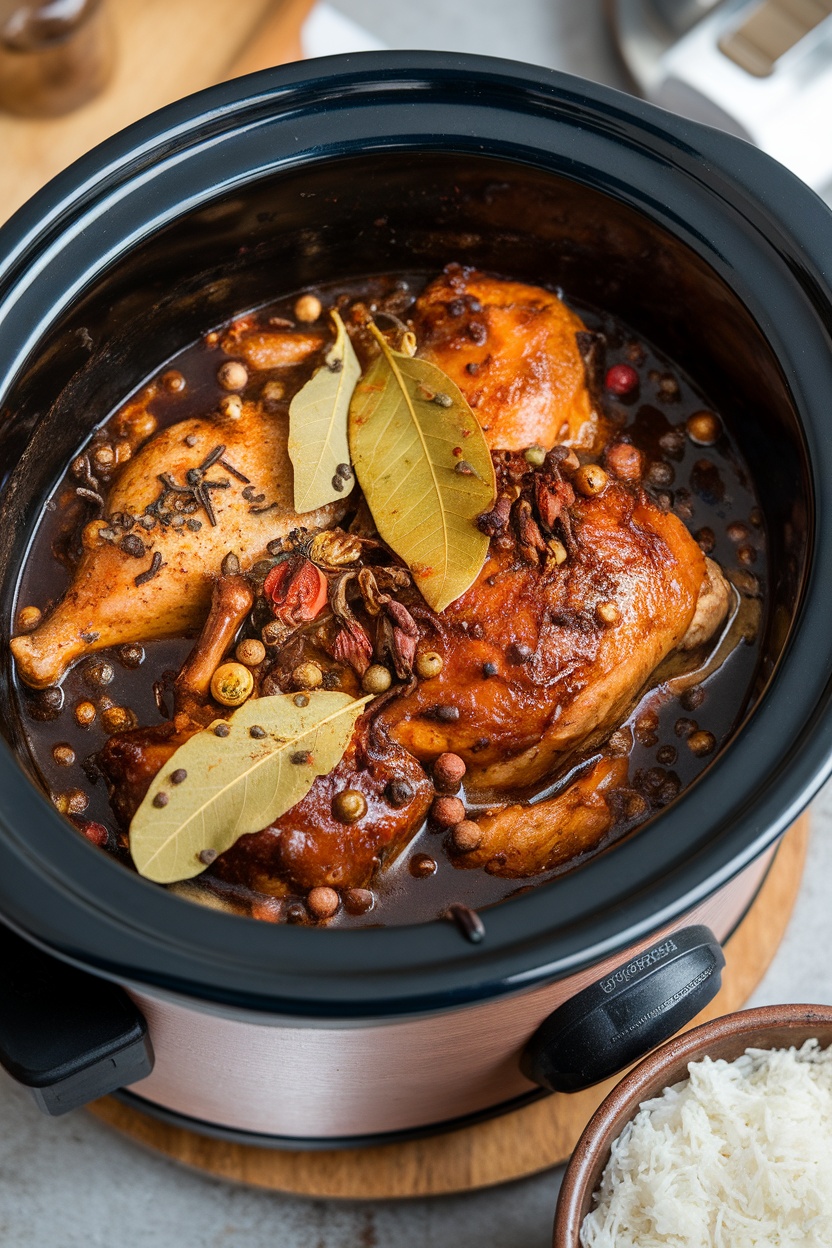
Slow Cooker Adobo is a delightful and easy way to enjoy the rich flavors of this classic Filipino dish. Tender meat is simmered in a savory mix of soy sauce, vinegar, garlic, and spices, creating a dish that’s both tangy and aromatic. The slow cooker makes it simple, allowing all the flavors to meld together beautifully while you go about your day.
This recipe is perfect for busy weeknights or weekend gatherings. Just toss the ingredients in the slow cooker, set it, and let it do the work. The result is a comforting meal that’s sure to please everyone at the table.
Ingredients
- 2 lbs chicken thighs, skinless
- 1/2 cup soy sauce
- 1/4 cup vinegar (preferably cane vinegar)
- 1 onion, sliced
- 6 cloves garlic, minced
- 2 bay leaves
- 1 teaspoon black peppercorns
- 1 tablespoon brown sugar
- 1 cup water
- Salt and pepper to taste
Instructions
- Prepare the Ingredients: In a bowl, combine soy sauce, vinegar, minced garlic, brown sugar, and black peppercorns.
- Mix and Marinate: Place the chicken thighs in the slow cooker. Pour the marinade over the chicken, then add the sliced onions and bay leaves on top.
- Add Water: Pour in the water to ensure the chicken is submerged. Season with salt and pepper to taste.
- Cook: Cover and set the slow cooker on low for 6-8 hours or high for 3-4 hours, until the chicken is tender.
- Serve: Once done, remove the bay leaves. Serve the adobo with steamed rice to soak up the delicious sauce.
Grilled Adobo Skewers

Grilled Adobo Skewers bring a fun twist to the classic Filipino dish. Marinated pieces of chicken, infused with the tangy and savory flavors of soy sauce, vinegar, and garlic, are skewered with vibrant bell peppers for a delicious, smoky finish. This dish is perfect for barbecues and gatherings, offering a delightful blend of taste and ease.
Not only are these skewers simple to make, but they’re also a great way to impress your friends and family. The combination of tender chicken and grilled vegetables creates a satisfying meal that packs a flavor punch. Perfect for any occasion, these skewers can be served with rice or enjoyed on their own!
Ingredients
- 1 lb chicken thighs, cut into bite-sized pieces
- 1/4 cup soy sauce
- 1/4 cup vinegar
- 4 cloves garlic, minced
- 1 tablespoon brown sugar
- 1/2 teaspoon black pepper
- 1 bell pepper (red, green, or yellow), cut into chunks
- 1 onion, cut into wedges
- Skewers (soaked in water if wooden)
Instructions
- Marinate the Chicken: In a bowl, combine soy sauce, vinegar, minced garlic, brown sugar, and black pepper. Add the chicken pieces and mix well. Cover and marinate in the refrigerator for at least 30 minutes.
- Prepare the Skewers: Thread marinated chicken, bell pepper chunks, and onion wedges onto the skewers, alternating between ingredients.
- Grill the Skewers: Preheat the grill to medium-high heat. Place the skewers on the grill and cook for about 10-15 minutes, turning occasionally until the chicken is cooked through and has nice grill marks.
- Serve: Remove from the grill and let cool slightly before serving. Enjoy your grilled adobo skewers hot with a side of rice or your favorite dipping sauce!
Adobo Lentil Stew
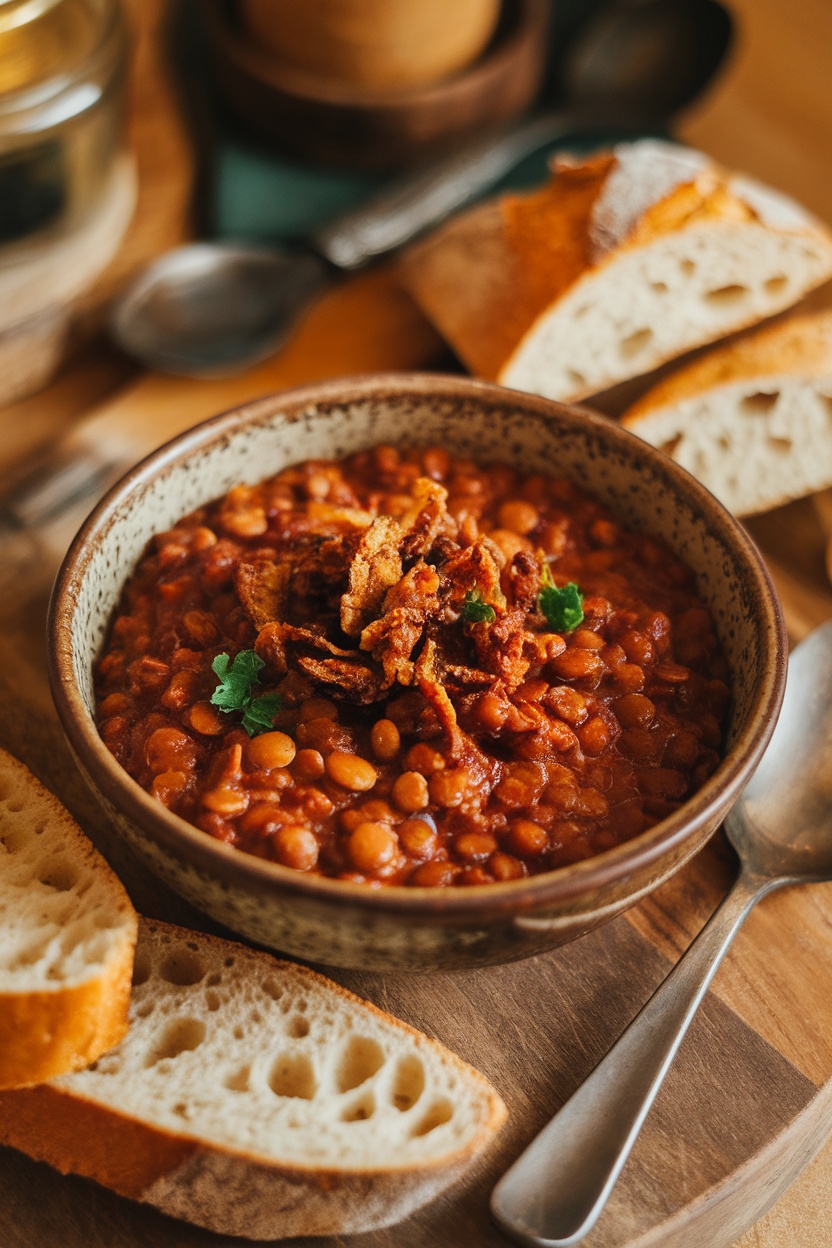
Adobo Lentil Stew is a hearty dish that combines the rich flavors of traditional Filipino adobo with the wholesome goodness of lentils. This stew is both savory and slightly tangy, making it a comforting choice for any meal. Its simple preparation makes it perfect for a weeknight dinner, and it’s packed with nutrition.
The recipe is easy to follow and can be made in under an hour, allowing you to enjoy a delicious homemade meal without the fuss. Serve this stew with crusty bread for a delightful experience that warms both the body and soul.
Ingredients
- 1 cup lentils, rinsed
- 1 tablespoon cooking oil
- 1 onion, chopped
- 4 cloves garlic, minced
- 2 medium tomatoes, diced
- 1/4 cup soy sauce
- 1/4 cup vinegar
- 2 cups vegetable broth
- 1 teaspoon bay leaves
- 1 teaspoon black pepper
- 1/2 teaspoon paprika
- Salt to taste
- Fried onions for garnish
Instructions
- In a large pot, heat the cooking oil over medium heat. Add the chopped onion and garlic, sautéing until fragrant and the onions are translucent.
- Add the diced tomatoes and cook until softened.
- Stir in the rinsed lentils, soy sauce, vinegar, vegetable broth, bay leaves, black pepper, and paprika. Bring to a boil.
- Reduce the heat, cover, and let simmer for about 30 minutes, or until the lentils are tender. Stir occasionally, adding more broth if necessary.
- Season with salt to taste before serving. Top with fried onions for an extra crunch and flavor.





























